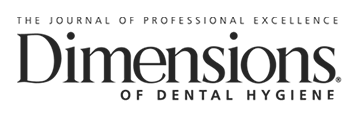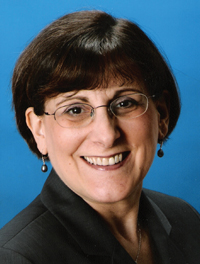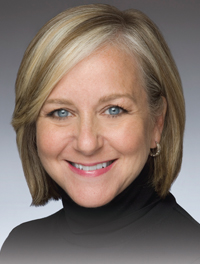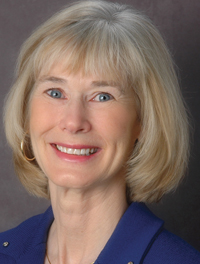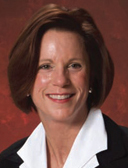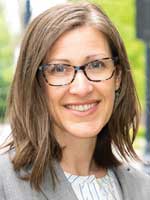 In 2009, Amy E. Coplen, RDH, EPDH, MS, joined the faculty at Pacific University School of Dental Hygiene Studies in Forest Grove, Oregon, after completing a Master of Science in Dental Hygiene degree from the University of Michigan in Ann Arbor. She is now a tenured associate professor and program director at Pacific University. Coplen is passionate about increasing access to care among underserved populations. Her research interests include interprofessional education and exploring alternative dental workforce models to reach individuals with limited access to dental care.
In 2009, Amy E. Coplen, RDH, EPDH, MS, joined the faculty at Pacific University School of Dental Hygiene Studies in Forest Grove, Oregon, after completing a Master of Science in Dental Hygiene degree from the University of Michigan in Ann Arbor. She is now a tenured associate professor and program director at Pacific University. Coplen is passionate about increasing access to care among underserved populations. Her research interests include interprofessional education and exploring alternative dental workforce models to reach individuals with limited access to dental care.
Q What sparked your passion for improving access to care through a dental therapy model?
A The first time I was introduced to dental therapy was while taking a “Current Issues in Dental Hygiene” course during graduate school. We learned about the New Zealand-based Alaska dental health aide therapist and the advanced dental hygiene practitioner. I was completely fascinated with the idea of a midlevel provider. Over the years, I have grown to support both models as evidence-based ways to bring oral healthcare to currently underserved populations. Beginning my career as an educator at Pacific University was what solidified my desire to help bring access to care to underserved populations. The curriculum is designed to prepare dental hygienists to practice independently in a variety of public health settings. In 2011, legislation passed in Oregon to that allowed the implementation of pilot projects that explored new workforce models to increase access to oral healthcare. Through the work of my predecessor, Lisa Rowley, CDA, RDH, MS, we began to develop a dental therapy pilot project designed to teach practicing dental hygienists with a restorative endorsement the additional skills of a dental therapist. As our state was approved for pilot projects specifically seeking innovative workforce models to increase access to care, we had the unique opportunity to try something that has never been done before. I began working closely on the dental therapy pilot project when it was still in the approval process in 2018. I am pleased to say we began educating our first cohort of dental therapy trainees in 2020. Being part of the dental therapy initiative has been one of the greatest privileges of my life. However, working on this project has also been one of the hardest things I have ever done. The obstacles and opposition continue to be very real, but the idea is definitely gaining momentum. I am willing to embrace the difficulties and push forward for the chance to bring oral health to those who desperately need it.
Q What do you think the provision of oral healthcare will look like in 10, 20, 50 years?
A I have no idea what the future of oral healthcare will look like, but I can honestly say, I think the future is bright. Within the next 10 years, I foresee the number of states with legislation allowing dental therapists to practice at least doubling. I am hopeful Oregon will be one of them. In the next 20 years, I think we are going to see the number of accredited dental therapy programs across the country increase. I hope we will see the use of teledentistry expand exponentially. Teledentistry could be a real game changer when it comes to access to care, allowing direct-access dental hygienists and dental therapists to bring preventive and therapeutic treatment to all populations. With the increase of dental therapy, direct-access dental hygiene, and increasing interprofessional practice settings for oral health professionals over the next 50 years, we have a real shot of bringing oral healthcare to every corner of every neighborhood, not just the affluent ones. It will take a lot of “movers and shakers,” though, which are really just ordinary people committed to advancing a cause.
